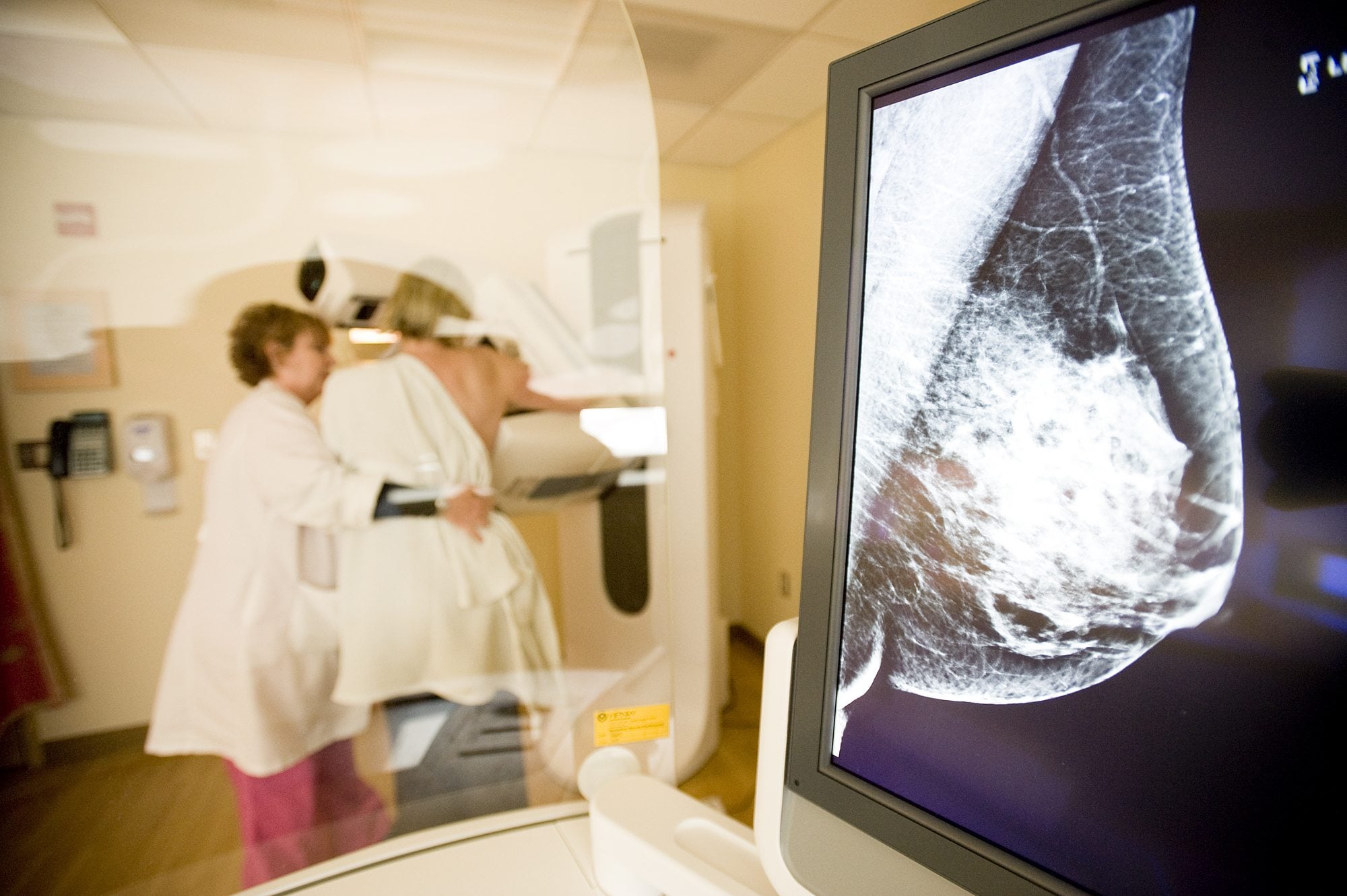Mammograms in Clark County have reached a whole new dimension.
A third dimension, to be exact.
The Kearney Breast Center at PeaceHealth Southwest Medical Center and The Vancouver Clinic’s Breast Care Center are bringing 3-D mammography technology to the women of Clark County.
“We’ve been waiting for this for years,” said Dr. Jennifer Ochsner, radiologist at The Vancouver Clinic. “Finally, the technology is here.”
That technology provides radiologists with images of the breast, tissue layer by tissue layer. In addition, the images are crisper than the 2-D images. Two-dimensional images provide two flat images, one from the top of the breast and one from the side.
“It allows me to see a lot more than we used to be able to,” Ochsner said.
For patients, the experience is essentially the same. The only difference is the machine moves to capture different angles of the breast rather than remaining stationary, she said.
The new technology is expected to improve breast cancer detection and reduce the number of false-positives. Sometimes women are told to come back for additional tests if the original mammogram is inconclusive. The uncertainty and wait time for a final determination, which can take days or even a week, is stressful for patients, said Dr. Lawrence Rose, radiologist and medical director of the Kearney Breast Center.
“If we can use this technology and give them an answer the same day and not call them back for more tests that’s a lot of stress off them,” Rose said.
The PeaceHealth Southwest Medical Center Foundation led a community campaign to raise $180,000 to purchase the 3-D equipment software for one of the Kearney Breast Center’s three mammography machines. The center began using the new technology on patients in early February and has already seen a big demand among patients for the 3-D images, Rose said.
The Vancouver Clinic recently purchased the technology and is now completing staff training on the equipment. Clinic staff will start using the equipment on patients in April.
While anyone can benefit from the new equipment, the 3-D technology is particularly beneficial for use on patients with dense breast tissue because it captures images of various layers of breast tissue.
The Kearney Breast Center will use the 3-D technology on any patient with dense breast tissue; most other patients will receive 2-D mammograms unless they are willing to wait for availability with the new machine, Rose said.
The Vancouver Clinic will also direct patients with the denser tissue toward the 3-D machine, Ochsner said. The standard 2-D mammography remains the gold standard, she added.
The new technology does result in slightly more radiation exposure for the patient. However, the equipment is still well below federal limits on exposure for mammograms and emits less radiation than the amount a person receives each year from the environment, the radiologists said.
The U.S. Food & Drug Administration approved the first 3-D mammography device in February 2011. The two Vancouver centers are among the first in the region, and entire West Coast, to offer the technology, Ochsner said.
“It’s great for the women of Clark County,” she said.
Marissa Harshman: 360-735-4546; http://twitter.com/col_health http://facebook.com/reporterharshman marissa.harshman@columbian.com




